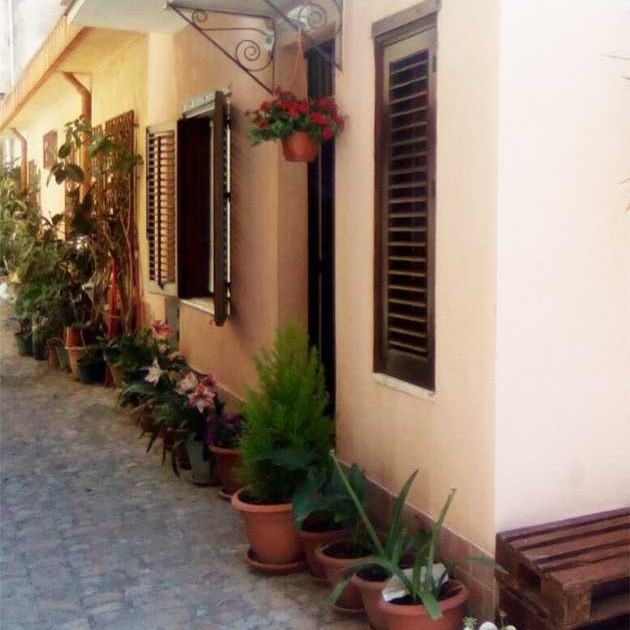Ventimiglia Castle in Castelbuono

Effems - CC4.0
GPS: 37.934852633324,14.088599248812
Piazza Castello - Castelbuono (PA) WebsiteThe Castle of Castelbuono is the symbol of the village of Castelbuono.
The castle was built at the behest of the Ventimiglia family, one of the richest and noble families of Sicily to which the very existence of the city of Castelbuono is linked. On the origins of Castelbuono it is known that in 1269 King Charles of Anjou confiscated the feudal state of Geraci from the Ventimiglias, forcing the then head of the family Alduino to move, together with the inhabitants of his village, to Ipsigro, an ancient Byzantine farmhouse, which it was located exactly where the center of Castelbuono stands today. In conjunction with the transfer, the construction works of the fortress begin, on the remains of a pre-existing Byzantine construction. Over the centuries, the castle underwent various transformations: in the second half of the 1400s, more space was given to the internal chapel to house the relics of the skull of Saint Anna; in 1863 Francesco Rodrigo Ventimiglia had new decorations carried out in the palace chapel by hiring the two Sicilian brothers, Giuseppe and Giacomo Serpotta, who created one of the most important works of art of their life , which will consecrate them as internationally known Italian and Sicilian artists. The Castle was finally purchased by the municipality of Castelbuono in 1920 and transformed into a Civic Museum.
The castle of Castelbuono has a simple quadrangular plan and displays on the outside a mixture of styles that influenced all Sicilian architecture in that period: the cube volume recalls the Arabic style; the square corner towers echo the Norman one; the round tower instead refers to the Swabian military constructions. In the earthquake of the early nineteenth century the battlements disappeared, of the Ghibelline, dovetail shape, as well as surrounding walls, towers and arches, now in ruins. Some defensive structures of the thirteenth century and some rooms of the fourteenth century have instead remained intact. Inside, the rich rooms have carved and decorated coffered ceilings, and Gothic-style windows and portals. Of particular value is the fifteenth-century wooden ceiling of the Sala Magna decorated and resting on carved corbels. The court chapel was later transformed into a warehouse and later into a theater.
Of particular value is the Palatine Chapel where the urn of 1521 of the relic of Sant'Anna is kept, in the shape of a bust and decorated with reliefs, with scenes from the life of Sant'Anna and San Gioacchino and the birth of Mary. The interior of the chapel is entirely covered with stucco, the work of the brothers Giuseppe and Giacomo Serpotta ordered by Francesco Rodrigo Ventimiglia. There are depicted virile human figures, cherubs, angels, sacred and mythological floral elements, with a variety of styles ranging from the more archaic heavy of Joseph, to the more agile and realistic of James. The figurative apparatus consists of four allegories: the Presentation of Mary in the Temple; marriage of Joseph with Mary; allegory of Paganism and Christianity. In the choir stalls there are the half busts of the Ventimiglia Lords and the characters of the Old Testament.



